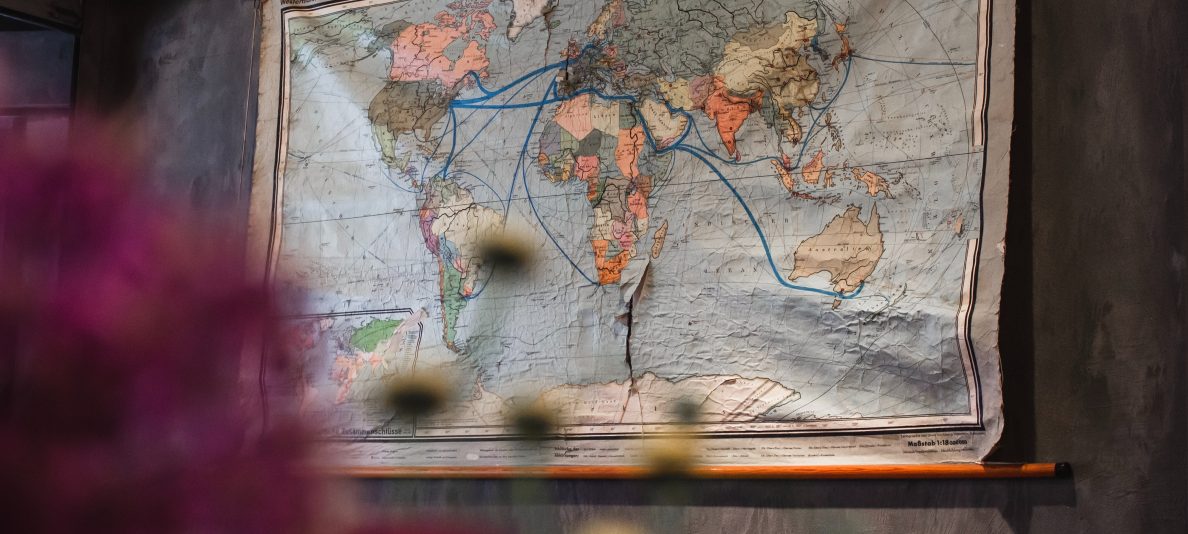
East Asian tea ceremonies. Chai in India. Iced tea in the US. North African mint tea. Tea time in the UK.
Tea is a cherished part of cultures around the globe. But why?
One reason is its standing as a stress reliever.
“Would you like to join me for a cup of tea?” Just the invitation itself sounds soothing. Though science can’t explain all the whys, researchers have been able to bolster tea’s reputation as a cure for stress.
One study, published in the journal Psychopharmacology in 2006 shows the effects of black tea on stress. In it, researchers from University College London removed tea, coffee, and caffeinated beverages from the diets of 75 men. They then gave them caffeinated fruit mixtures to drink four times a day for six weeks. For some, the drink was a placebo, but for others, it contained the active ingredients of black tea.
After subjecting the groups to stress-inducing situations, the researchers found that the “tea” drinking group, when compared to the placebo group, had lower levels of the stress-hormone cortisol. Those participants also reported higher levels of relaxation during the recovery period and showed lower levels of blood platelet activation, which is associated with the risk of heart attacks.
Andrew Steptoe of UCL says,
We do not know what ingredients of tea were responsible for these effects on stress recovery and relaxation. Tea is chemically very complex, with many different ingredients. Ingredients such as catechins, polyphenols, flavonoids and amino acids have been found to have effects on neurotransmitters in the brain, but we cannot tell from this research which ones produced the differences.
Nevertheless, our study suggests that drinking black tea may speed up our recovery from the daily stresses in life. Although it does not appear to reduce the actual levels of stress we experience, tea does seem to have a greater effect in bringing stress hormone levels back to normal. This has important health implications, because slow recovery following acute stress has been associated with a greater risk of chronic illnesses such as coronary heart disease.
Nada Milosavljevic, of the Harvard Medical School, writing at The Daily Tea, describes two possible ingredients that could lead to stress reduction. One is L-theanine, an amino acid found only in tea, which can decrease one’s heart rate and lessen the sympathetic response to stressors. It also increases the brain’s levels of dopamine and serotonin.
And there are polyphenol antioxidant catechins. Polyphenols, Milosavljevic writes, “positively affect neurotransmitters in the brain, making it easier to maintain mental balance.”
Psychologists Malcolm Cross and Rita Michaels, of City University London, say that tea’s calming effects are not just chemical, but cultural as well. In their study, commissioned by Direct Line insurance, they gave 42 individuals a stress-inducing task, then served half of them a cup of tea and half of them a glass of water. While the water group reported elevated stress levels, the tea group’s levels of stress were even lower than before the stress activity.
Some in the tea group said that they saw drinking the tea as something relaxing that marked a break from their anxiety. Some reported feeling “cared for” by those who prepared the tea for them. And the group as a whole conversed with the tea maker and fellow tea drinkers—while the water group drank in silence.
Cross tells The Telegraph,
This study shows that the social psychological aspects of tea enhance the effects of its chemical make-up on our bodies and brains. It’s possible that this culturally rooted, symbiotic function between mind and body explains why Britons instinctively turn to tea in times of need.
Put simply, the findings illustrate what most mothers would tell us: if you’re stressed, anxious or just feeling blue, make yourself a nice calming brew.
(Andrew Steptoe, et al., “The Effects of Tea on Psychophysiological Stress Responsivity and Post-Stress Recovery: A randomized Double-Blind Trial,” Psychopharmacology, January 2007; “Black Tea Soothes Away Stress,” University College London, July 16, 2010; Nada Milosavljevic, “An Antidote to Stress: Calming Teas & Tisanes,” The Daily Tea, August 5 2014; Malcolm Cross and Rita Michaels, “The Social Psychological Effects of Tea Consumption on Stress: Executive Summary,” 2009; Richard Alleyne, “A Cup of Tea Really Can Help Reduce Stress at Times of Crisis, Claim Scientists,” The Telegraph, August 13, 2009)
[photo: “Tea Time,” by Taidoh, used under a Creative Commons license]



